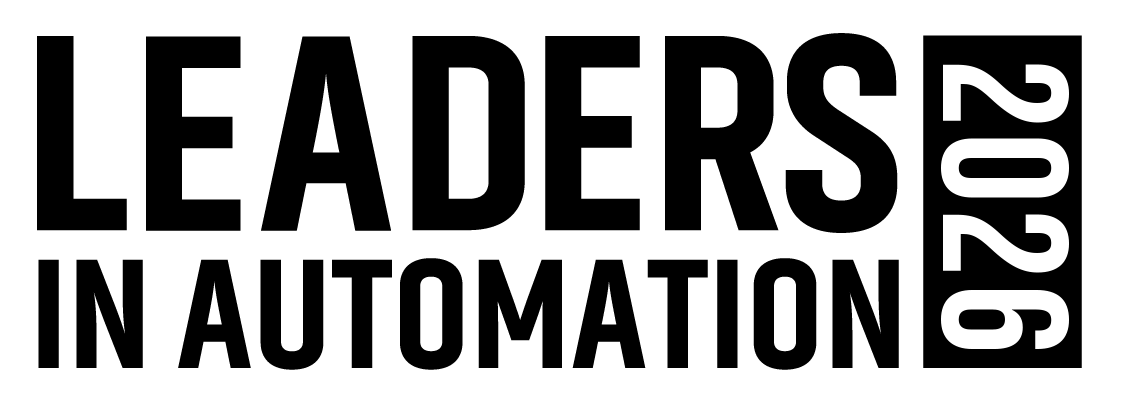Though Automation World received a lot of positive feedback about what was included in that article, a reader named Buck commented on what we did not include:
“I did not see any commenting on the increased power loss due to poor power factor caused by a partially loaded motor. I would also have expected something about using a motor suitable for VFDs. The new VFDs have harmonics that can cause heat, AND eddy currents induced in these motors can cause bearing failures. There was no mention of using protective devices in the motor to discharge these currents.
“If you increase the motor size, you will add the cost of the motor, starter or VFD, fusing or safety devices, wiring, local disconnect for LOTO [lock out, tag out], and inrush to start the motor. I would suggest that if you are not sure of the size of the motor needed and you oversize, you should wasted energy. But you will have the effects of the VFD on the motor windings and bearings.”
We’re happy to keep the conversation going. View the original article at http://awgo.to/293, or visit our Facebook or LinkedIn pages to join the discussions.
About the Author
Renee Bassett
Managing Editor

Leaders relevant to this article: